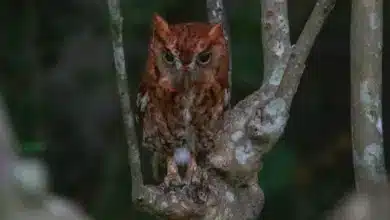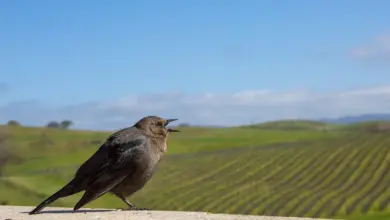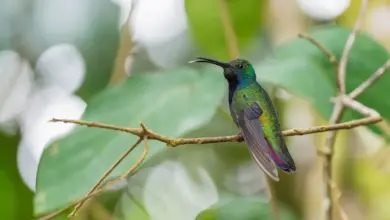African Cuckoos
Cuckoos
The African Cuckoo (Cuculus gularis) forms a superspecies with the Common Cuckoo (Cuculus canorus), with which it was formerly considered conspecific (of, or belonging to, the same species).
- French name: ” Coucou africain”
- German name: “Afrikanerkuckuck”
- Spanish name: “Cuco Barbiblanco”
Distribution:
The African Cuckoo (Cuculus gularis) is species that is common throughout sub-Saharan Africa. This cuckoo is an intra-African breeding migrant, arriving in its breeding territory of southern Africa around August-September and departing around March-April.
This species is fairly common in Zimbabwe, north-central Namibia, KwaZulu-Natal and Botswana. Populations also exist in Angola, Benin, Burkina Faso, Cameroon, Central African Republic, Chad, parts of the Republic of the Congo, Côte d’Ivoire, Djibouti, Eritrea, Ethiopia, Gabon, Gambia, Ghana, Guinea-Bissau, Kenya, Liberia, Malawi, Mali, Mauritania, Niger, Nigeria, Rwanda, Senegal, Sierra Leone, Somalia, South Africa, Sudan, Swaziland, Tanzania, Togo, Uganda and Zambia.
Smaller populations exist in Mozambique, North West Province (western highlands of Cameroon) and the Eastern Cape.
It is absent only from parts of the Democratic Republic of the Congo and Somalia.
It is shy and unobtrusive, preferring open woodland and Acacia savanna, avoiding evergreen forest.
Breeding
African Cuckoo are brood parasite – which means they lay their eggs in the existing nests of other birds – often Fork-tailed drongos. The egg-laying season is from September-December, peaking from October-November. When it is time to lay the egg, the male distracts the hosts while the female flies into the nest, removes any eggs before laying one of its own. The hosts incubate the egg and raise the cuckoo chicks as their young.
The chick hatch after an incubation period of about 11-17 days. Soon after hatching, the chicks remove any existing Drongo eggs in the nest. They fledge after about 23 days.
Food / Diet:
-
- Insects: Primary diet consists of caterpillars (Lepidoptera), including the Barred eggarlet, as well as beetles, grasshoppers (Orthoptera), termites and winged ants
- Birds: Eats eggs as well as chicks in the nest
Species Research by Sibylle Johnson
Please Note: The articles or images on this page are the sole property of the authors or photographers. Please contact them directly with respect to any copyright or licensing questions. Thank you.




